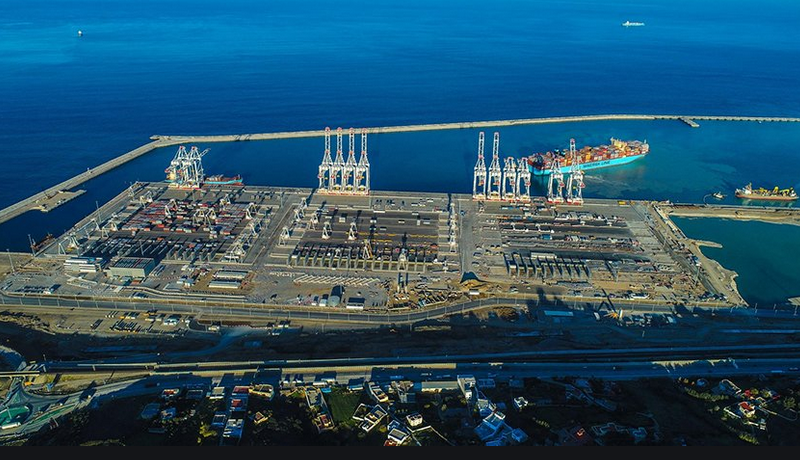To help manage the growth of Kisumu city, a new urban spatial, physical and land use development plan has been drafted and handed over to the county government.
According to details of the plan, it aims at guiding, regulating and coordinating the development of new infrastructure in Kisumu city. The strategy covers the bus parks walkways, driveways, tourism, housing land use and public service. The plan spans over 20 years.
The plan was handed over to Kisumu city management by the Groupe Huits Consultants which drafted it. Speaking to the media soon after the plan was handed over to him, acting City Manager Abala Wanga said that he was impressed by the work which had been done by Group Huits Consultants.
“The new urban spatial planning strategies have the power to positively transform the lakeside city and promote economic growth, social development, environmental sustainability and resilience,” Wanga said.
Wanga told journalists that the general framework of the plan revolves around accommodating new growth and development of existing growth nodes in Kisumu city.
The acting city manager said that it is important to consolidate land value and productivity in Kisumu and generate capital gains which can then be captured and shared as public revenue and investment.
Policies contained in the plan have been agreed upon by stake shoulders within the confines of Article 10 of the Constitution. Wanga said that the plan is expected to serve as a focal point in efforts to enable Kisumu city to grow.
The plan was handed over at a time when Kisumu city is bracing for the November 2021 Africities Conference that will be hosted by the County government in collaboration with other partners.
Kisumu city has continued to witness significant growth in population growth due to rural-urban migration process occasioned by the perception that jobs and opportunities are in the city.
The consequence has been congestion in the city, growth of Jua kali work ethic and expansion of slums due to lack of a coordinated housing plan at the county level.
Wanga observed that the traffic congestion in the city is likely to worsen as more people stream into the city to seek greener pastures, and as the general population also expands.
According to figures from a censor conducted last year, the current county population stands at 1,l55,574 as compared to 482,327 in 1979.
The rapidly growing population is a big challenge to the county government because it has stretched available resources and social amenities. The situation calls for a more structured long-term plan if the city is to grow at all levels.




